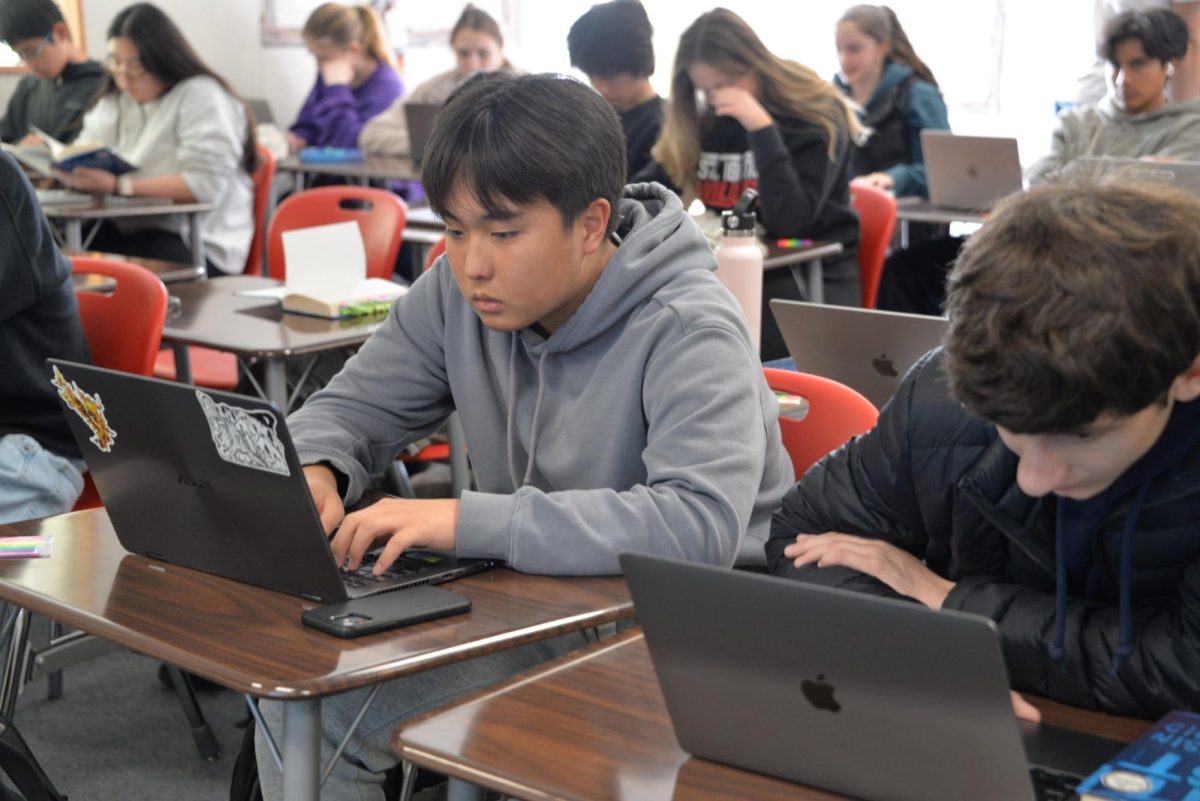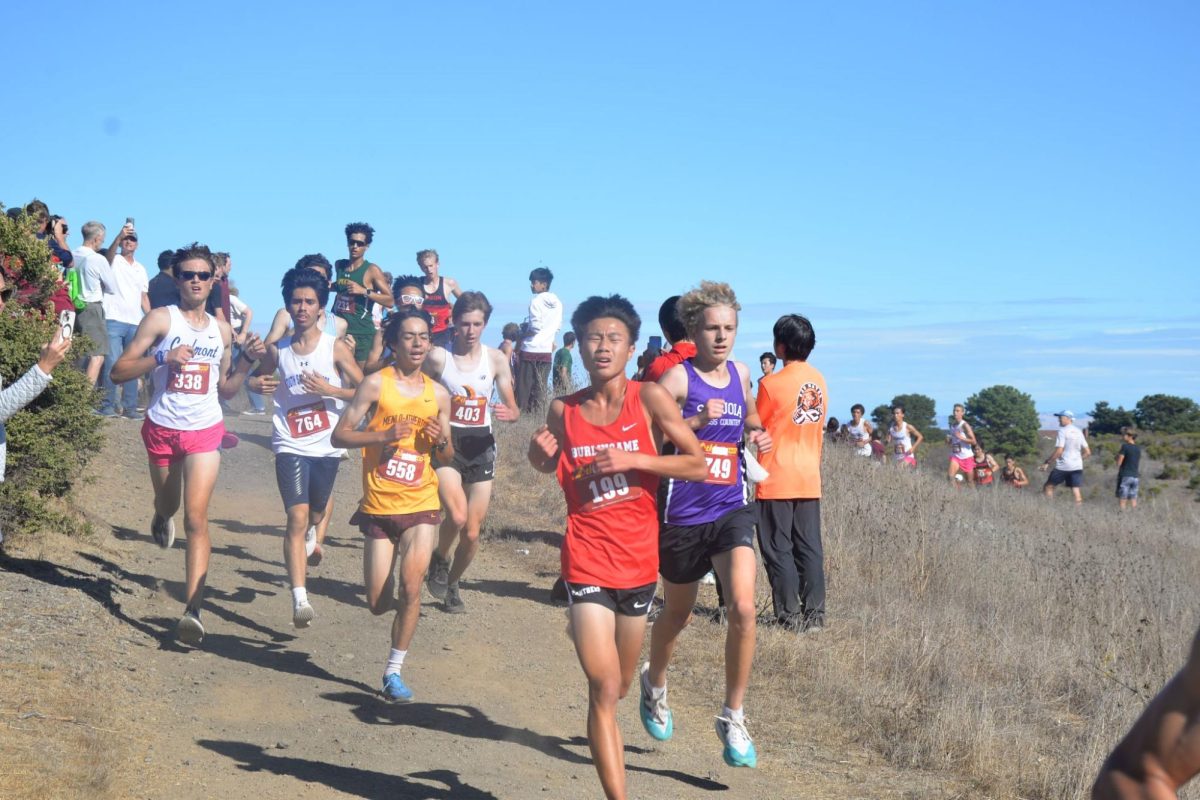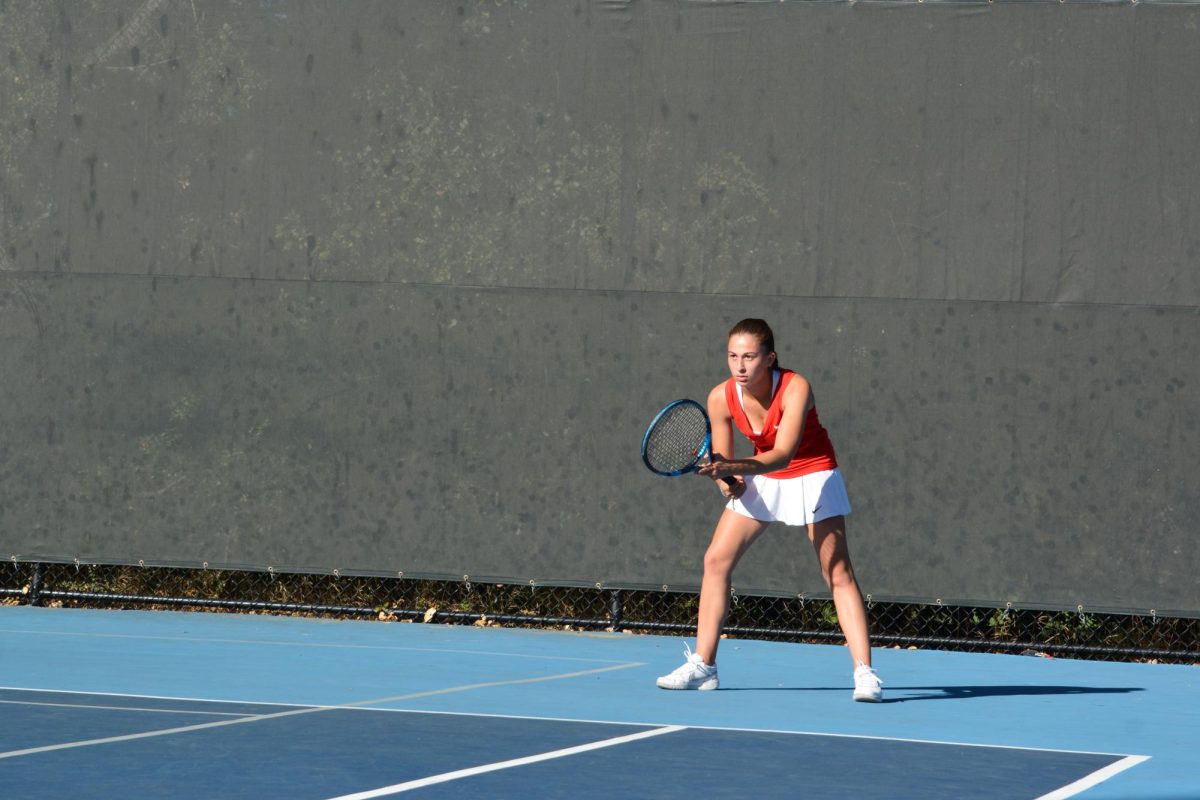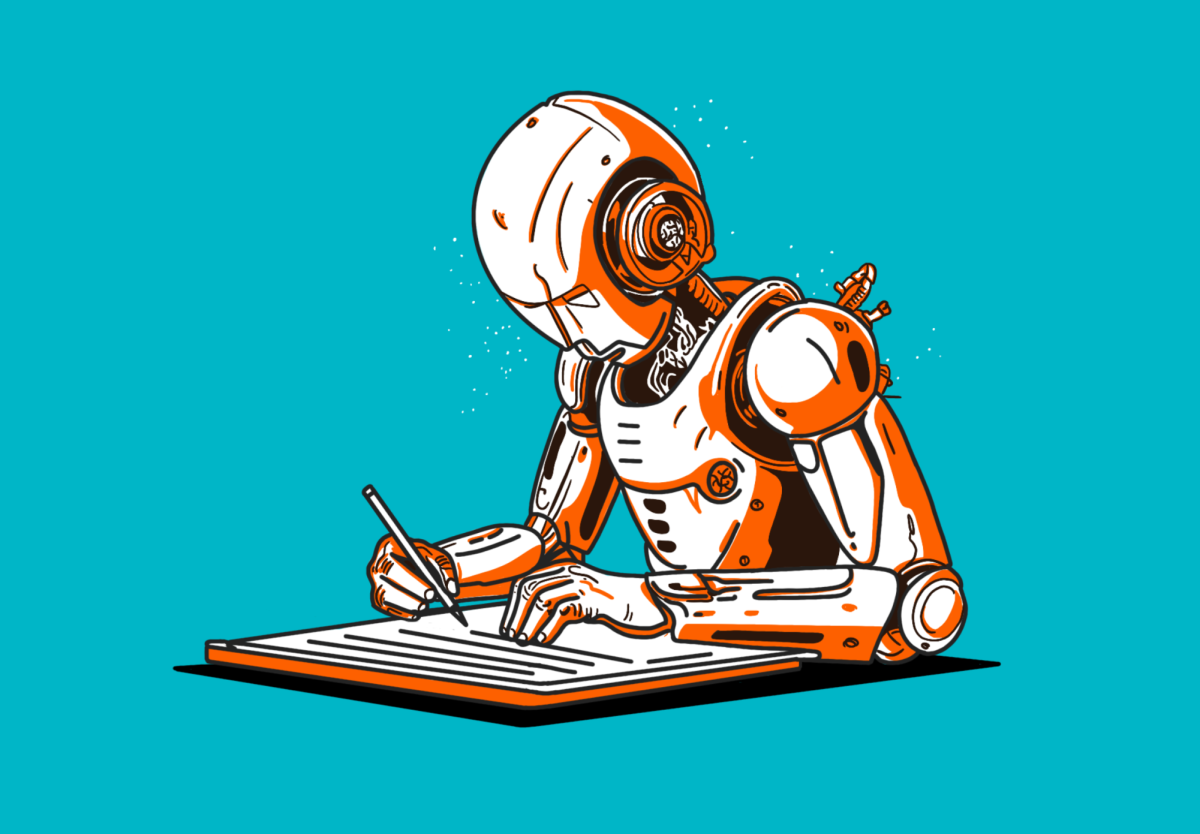In an era of constant technological advancement, our society is ever-changing to match the outputs of invention and discovery. Schools are no exception, as a study conducted by the Educational Testing Service reported that 98% of all schools own computers, with an average of one computer for every 10 students nationwide. While such technology is accepted for its ability to enhance the learning environment, the increasing use of technology in schools has raised the question: is this change really for the better?
At Burlingame, school-issued Chromebooks are given to all students at the beginning of freshman year to compensate for the tech-heavy curriculum. However, accessibility has come at the expense of students’ heavy reliance on technology.
In almost all of my classes, bringing a Chromebook or computer every day is mandatory, as classwork, lesson plans and reference materials are digitized. This forces most students to spend the majority of the school day staring at a computer screen.
Although I want to ease my computer dependency, it’s not easy as most of my assignments and study material — whether it be coding homework or assignments from Canvas, Desmos or Google Docs — are all online. Almost all schoolwork and homework depends on a computer, mainly due to greater productivity and convenience.
While digital notes, documents and assignments are more convenient than on paper, the six to seven hours students spend doing digital classwork and learning at school and the additional three to five hours spent on a screen to complete their homework can be overwhelming to some students.
However, technology isn’t used just for school. Once students finish their homework, they often relax by continuing to use electronics by texting or calling friends, playing video games, scrolling through social media or watching movies.
Personally, I spend three to seven hours daily on my computer for schoolwork and another three hours daily on my phone to relax. Because of my excessive screen time, I always experience headaches, eye strain and nausea by the end of the day.
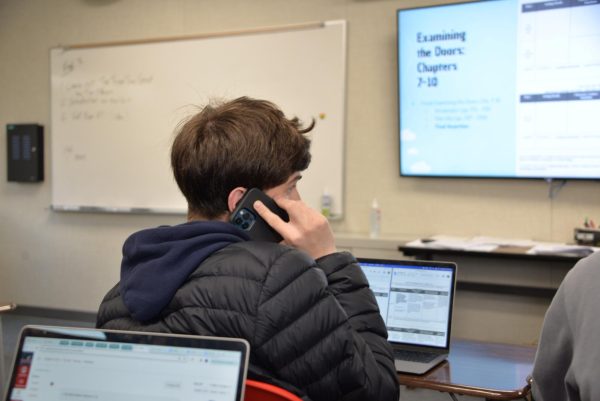
Another issue with technology overreliance in schools is the increasing educational discrepancy in underfunded schools. Although Burlingame is a very well-funded school, many underfunded schools are also shifting to tech-heavy curricula. At schools without sufficient computers, students miss out on various opportunities and tools that can help accelerate learning. On top of that, the opportunity gap between students with school-issued Chromebooks and MacBooks is apparent, as personal computers operate faster, smoother and more efficiently.
Contrary to popular belief, not all schoolwork is easier to do online. This can be seen in mathematics, where we’ve gotten so caught up in using technology that we overlook its drawbacks. For example, one important aspect of math is understanding the multi-step processes behind every solution. However, online applications only have one box to accept the final correct answer, which rewards results over conceptual understanding and encourages students to solve problems mentally. Additionally, when I use such platforms, I’m often frustrated with the vague, automated feedback that doesn’t focus on my personal challenges. While convenient for teachers, online math practices lack the same hands-on benefits as paper practices, which infringe upon students’ ability to visualize and truly master concepts.
Although technology in schools is used to strengthen curriculum and provide asynchronous support to students, it leads to significant education disparities regarding financial boundaries. However, as schools and new funding are slowly overcoming this financial boundary, computers and online applications are being dangerously overused. Schools need to create balance for the time spent on and off screens by setting boundaries. Otherwise, an overreliance on technology will risk student health, and lose interactive learning and the unique school community.




































